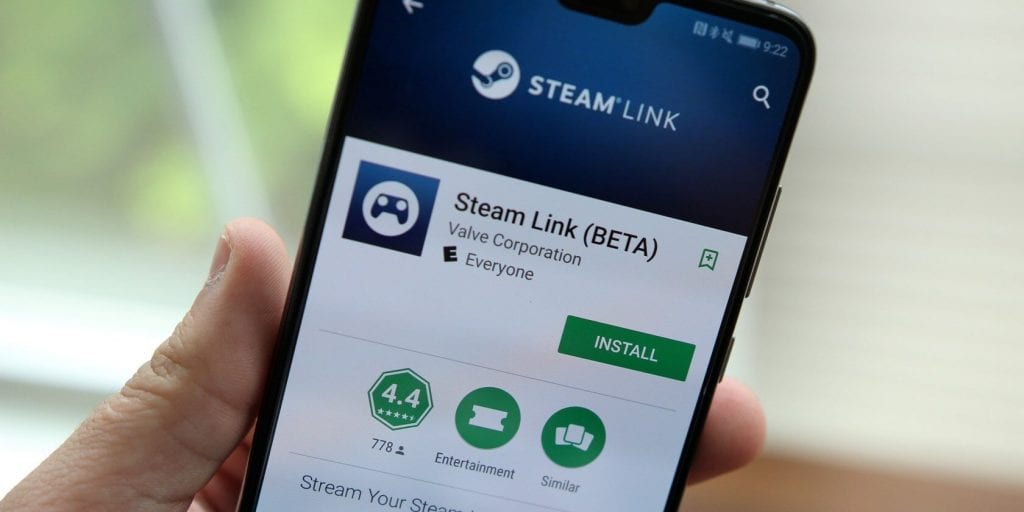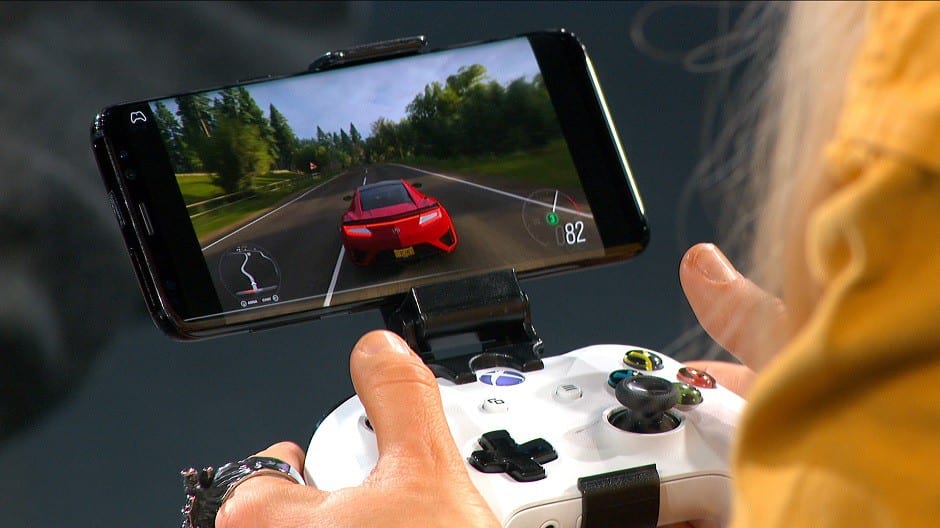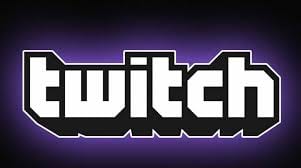
For at least the last two generations, Gen X and Millenial, digital games have been device-centric. From shrink-wrapped CDs and DVDs to large, downloaded payloads, the 1’s and 0’s were packaged on a disc, a cartridge, a tape, or a tightly-compressed bundle. Cue the glass ceiling shattering into a bazillion pieces.
Google Stadia, Microsoft xCloud, Valve Steam Link Anywhere,
The declarations are something more than what we would call March Fadness. By moving to the cloud for player-direct streaming with startlingly little latency, these clouds are delivering lightning bolts over high-speed Wi-Fi and 5G. Google says it expects to support up to 4K at 60 fps at launch over an internet connection with around 30Mbps of bandwidth, and it’s planning to support up to 8K resolutions and 120 fps in the future.

Google announced its bold vision for the future of gaming with Stadia, a new cloud gaming platform that promises to upend the industry by “changing how games are played, distributed, sold, and even built,” as announced at their Game Developer Conference.

Seattle-based Valve has announced that it is expanding its Steam Link game-streaming feature in a big way with Steam Link Anywhere, a new service that will allow you to stream Steam games from your computer, not only within your own home but to anywhere in the world through Steam Link hardware or the Steam Link app.
Steam Link current serves the Android platform since the iOS app is still being blocked by Apple. While in beta, but users can try Steam Link by downloading the new Steam Link beta build 688 on their gaming PC. Valve advises that Steam Link Anywhere must have a good upload connection for the host computer, and a good network connection for the device you’re playing on.

Right on cue, Microsoft has announced its xCloud game-streaming service streaming games like Forza Horizon 4 from the company’s Azure datacenters to an Android device. In the demo, an Xbox One controller was connected to the phone via Bluetooth, showing how it will be easy to stream games from the cloud to mobile devices.

Kareem Choudhry, Microsoft’s gaming cloud chief, revealed in a blog post that xCloud is not bent on replacing game consoles, but augmenting them. “We’re developing Project xCloud not as a replacement for game consoles, but as a way to provide the same choice and versatility that lovers of music and video enjoy today,” stated Choudhry. “We’re adding more ways to play Xbox games.”
Sony has its own PlayStation Now service, and lets you remotely play PS4 games from an iPhone or iPad. Nvidia runs its GeForce Now game streaming service, and Shadow and Liquid Sky are also attempting to convince players that game streaming is the future.

Amazon, which owns Twitch, the one streaming services where you can watch games on hundreds of streamed channels, possesses the raw firepower of its AWS servers to turn up the throttle and join the battle of the power streamers.
Like the Amazon FireTV stick, the only hardware component of Stadia, beyond the Chromecast Ultra required to bring it to television sets, is a custom controller built by Google. The controller will be a cornerstone for cloud-based features like Google Assistant support and the ability to instantly launch a game you’re simply watching in a YouTube video.
Like Microsoft’s Azure servers. the main innovation that Google brings to the game-streaming technologies is the power of its data centers — the fundamental networking fabric that’s inside the data centers and the way they get the data from the data center to your home via your ISP.
Walmart is also looking to cloud gaming even after losing
Finally, Apple’s foray will place another powerful new player on the increasingly crowded streaming landscape, but without Netflix as an ally

A major hurdle for the entire cloud gaming industry will be broadband limitations and data caps. Most US-based telecoms impose home broadband data caps, and most cell carriers throttle connections after certain monthly data allowances are used up. That will make using a service like Stadia difficult, both at home and on mobile, especially in a world where internet speeds struggle to meet the 25–30 Mbps requirements and streaming a 1080p or even 4K game will quickly chew through gigabytes of bandwidth.
The move to

The creation of OTT services and apps has led to a wide-ranging conflict between companies that offer similar or overlapping services. Think, for example, of the conflict between a company like Netflix and a cable company. Consumers still pay the cable company for access to the Internet, but they might get rid of their cable package in favor of the cheaper streaming video over the Internet. While the cable company wants to offer fast downloads, there is an inherent conflict of interest in not supporting a competitor, like Netflix, that bypasses cable’s traditional distribution channel. [24×7]




















